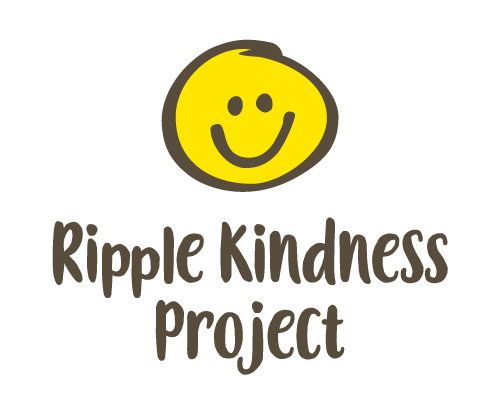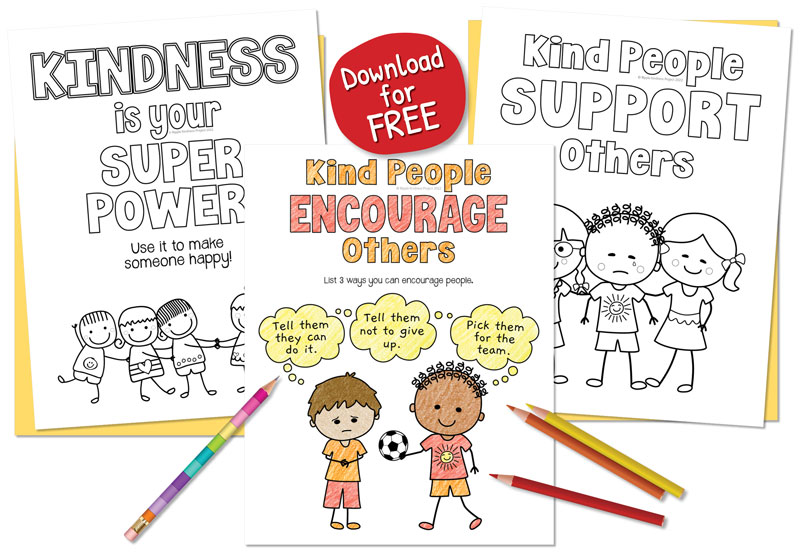3 Easy Ways Community Circle Time Can Improve Wellbeing & Behavior
Inside: Learn what a community circle in an elementary classroom is, why they're important and how to use them effectively for a warm and inclusive community. Updated: November 26th, 2024
Starting the day with a community circle or morning meeting is a powerful way to create a positive classroom environment. These gatherings help students ease into the day and foster a welcoming and supportive environment for a sense of belonging and connection, especially important for kids who feel anxious or uncertain.
More...
A paper examining the effect on student behavior and peer relationships highlights the significant benefits of community circle time (or morning meetings) in elementary classrooms. It showed that implementing morning meetings positively influences student behavior to enhance social-emotional learning and improve the overall classroom dynamics.
By providing a structured time for students to interact and share, these meetings help develop empathy, reduce behavioral issues, and create a supportive environment conducive to learning.
What is a Community Circle in a Classroom?
Educators often use a community circle first thing in the morning to outline the day's plans and provide students with clarity and structure. But this time can also be used to encourage meaningful interactions as kids share their thoughts or ask questions. Through these moments of connection, students develop vital social skills and strengthen their relationships with peers and teachers.
A community circle can also help students transition from home to school life with a gentle introduction to the school day.
A sense of community in a classroom is essential for a successful year. Teacher-student and peer-to-peer relationships are important. These positive relationships and environments do not come automatically. Morning Meeting is the scaffold to create this environment.
ALLISON DOOLEY - Northwestern College, Iowa
The Benefits of Using a Community Circle
A regular community circle in the morning can help students to:
Students can participate in fun greetings, share something about themselves, and engage in an activity. Implementing this strategy in a structured format allows students to get to know each other and see their similarities. When students see commonalities between themselves, they are more willing to take risks around them, collaborate, and feel comfortable. As a result, students feel accepted and respected because their peers listen and engage with them. With trust and respect between peers and the teacher, learning will begin to happen.
ALLISON DOOLEY - Northwestern College, Iowa
How to Use a Community Circle
Traditionally, students sit in a circle on the floor. This arrangement enables everyone to see one another and create a sense of equality and connection. It ensures that everyone has an unobstructed view of each other's faces to encourage open communication, empathy, and mutual respect. This setup minimizes hierarchy since no one is in a dominant position to reinforce the idea that all voices are equally important.
Community circles also serve as a structured way to address behavioral or emotional challenges in a non-punitive way. This emphasizes collaboration and support rather than authority.
Set some basic guidelines for facilitating a smooth-running and effective meeting:


Community Circle Format
Have the same format each day during circle time so children know what to expect. You can adapt it to suit your cohort, but an example would be:
It can also be beneficial to incorporate a short meditation or mental health and wellbeing check-in. This can significantly enhance the experience for students as it promotes mindfulness, reduces anxiety, and helps students start the day with calm and focus. Here's how you can include this:
Pin this image to save these resources for later


3 Effective Community Circle Activities
One reason I love circles is that there are so many fun and engaging ways to use them. Here are a few of my favorite morning meeting ideas:
1. Conversation Starters
Meetings give you a wonderful opportunity to start conversations that help students to develop listening and social skill. They also allow students to voice their opinion, celebrate, or share something that is troubling them. You can choose a theme that suits your grade if there is a problem to address or a topic you want to teach.
Here are a few topic examples:
Friendship
Make up some slides with Getting to Know You questions to use during your meeting. These are terrific at the start of the year when students are making new friends or if you have friendship issues within your classroom. We have a ready-to-use digital resource, which can be tailored to include specific questions that relate to your grade. This type of activity encourages students to increase their circle of friends when they discover how many of their peers have similar interests.
Respect
Respect can be an especially important topic if you have problems with students paying attention or interrupting.
Goal Setting
Talk about goals and why it’s important to have them. Discuss what a goal might look like and how to have different goals for different areas of life. For example, goals for learning, challenging themselves, persevering, controlling their emotions, hobbies, or sports, etc.
After your discussion, challenge students to set some for the day. Make them simple things to start with, like completing a difficult task or tidying their area after they’ve finished for the day. You can then expand their goals but setting them for a week, term, and even a few for the year.
Gratitude
This is obviously a great one for Thanksgiving, but gratitude is an important topic at any time of the year, especially if you feel your students have developed a sense of entitlement.
Robert Emmons, Ph.D., is the world’s leading scientific expert on gratitude. The results of his studies have overwhelmingly and consistently concluded that practicing gratitude has a range of benefits. He shares his findings below:
Physical
Psychological
Social
Extend Topics
Any topic you use can be expanded after your morning meeting with a variety of activities:
2. Introduce Mindfulness and Meditation
Many teachers already use mindfulness and meditation in the classroom to help stressed or anxious students by giving them tools for coping with big feelings and challenging situations. These relaxation techniques are often introduced to curb anxiety or angry outbursts by helping kids self-regulate. While children are learning from home, mindfulness and meditation can help create calm, peaceful learning environments and improve focus and concentration.
If you haven’t considered mindfulness and meditation in your classroom, I encourage you to take a look at the list of benefits below:
Read this post to learn more about incorporating mindfulness or meditation in your classroom. There are a few fun activities to get you started.
3. Nurture Positive Character Traits
A great way to improve behavior in the classroom is to build character. Kindness is my favorite thing as it’s the foundation on which all character traits are based. It’s proven that teaching kindness in schools can improve wellbeing, relationships, happiness, and reduce stress and bullying (just to name a few)!
There are so many fun kindness activities that will have your students begging for more. These can be introduced during your morning meeting. If you start a kindness challenge for the whole grade, students can discuss progress during your meeting each day. It’s a great way to encourage enthusiastic involvement and teamwork.
Here are just a few ready-made activities you might like to try:
I’m certain you’ll find including morning meetings a Godsent, however you decide to structure them. Starting with a calm and productive activity that will not only improve wellbeing but get their brains ready for a big day of learning is the perfect way to ease your students into the day.



